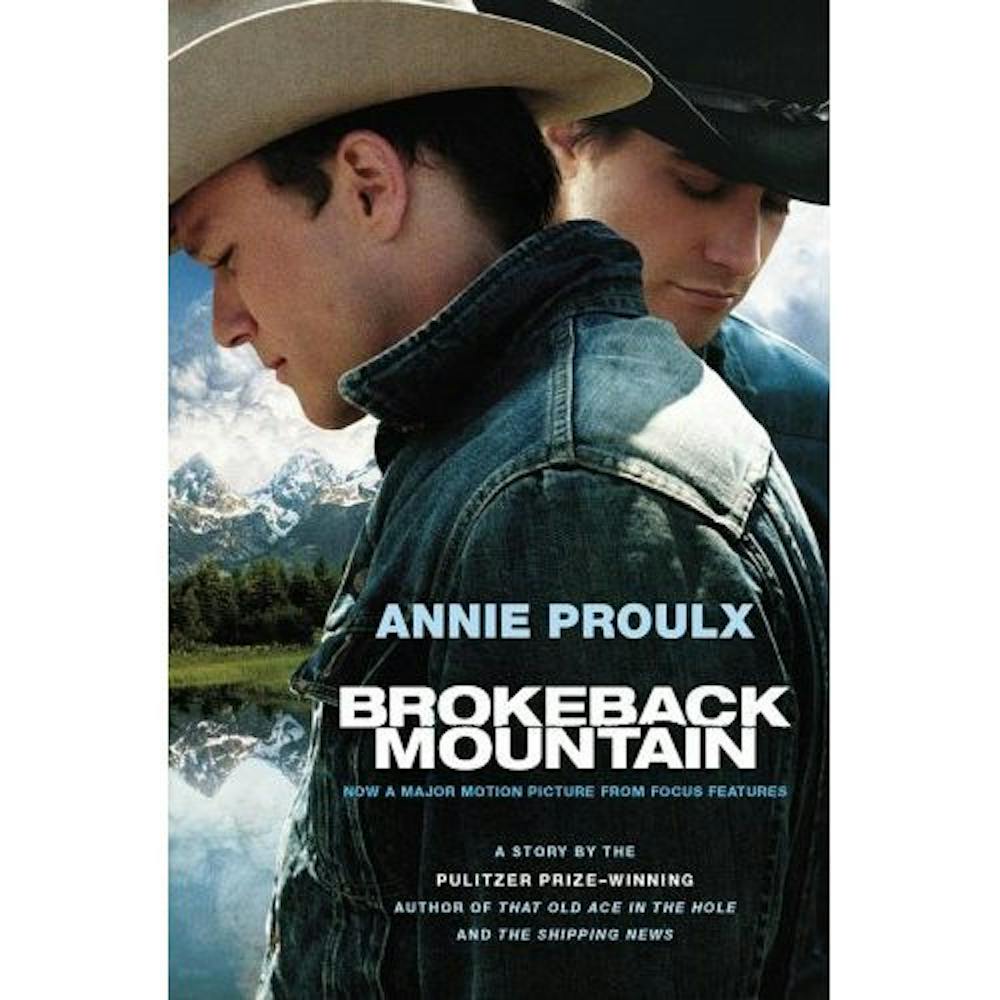Literatures and cultures librarian Katrina Spencer is liaison to the Anderson Freeman Center, the Arabic department, the French department, the Gender Sexuality & Feminist Studies (GSFS Program), the Language Schools, Linguistics and the Spanish & Portuguese departments. These affiliations are reflected in her reading choices. “While I am a very slow reader, I’m a very critical reader,” she says.
Pages: 55
The What
Last week marked the 20th anniversary of the 1997 publication of “Brokeback Mountain” in The New Yorker. The short story tells the intimate tale of two Wyoming-based cowboys, Ennis del Mar and Jack Twist, who are isolated while working on a mountain and find a mutual love they must keep hidden. In their domestic and social lives, the lead characters are largely the epitomes of traditional masculinity: strong in body, sparse in word and dedicated to work that is physically brutal and requires the least emotional output possible. They surprise each other and themselves when intimacy develops between them, though they struggle to incorporate their love into their normal lives off the mountain. The constricting gender roles of the time and place, inherently imbued with violent homophobia, force them to maintain a clandestine relationship, despite their true desires. Set in the early 1960s, the work rings with authenticity and tragedy, leaving the reader with no doubts as to why Proulx, a University of Vermont alum who spent 30 years in Vermont, won the 1994 Pulitzer Prize for fiction.
The Why
The 2005 Academy Award-winning feature-length film adaptation of the story, starring the late Heath Ledger and Jake Gyllenhaal, caused the work to skyrocket into a new orbit of fame, and for good reason, as the duo’s stellar performances and direction are of the highest quality. I was an undergraduate when the film came out, and it reminded me much of Cormac McCarthy’s “All the Pretty Horses,” another rugged cowboy story adapted for the screen.
However, it was news to me in 2017 that the “prima materia” was ever a short form, fictional and readable narrative. I was bopping around in the stacks, as I am wont to to do, and pulled the short, thin tome from the lower level’s shelves au hasard. I read it in one go. I usually read nothing in one go. It was that good.
I am happy to have encountered the work anew and consider it a veritable classic within a canon of works treating gay rights and identities. When the movie adaptation came out, it was socially acceptable and even encouraged for people, especially young men, to publicly decry the faintest acknowledgement of intimacy between two men. In other words, it was not popular to like the film. Our discourse as a nation surrounding LGBTQ+ rights was younger and coarser then.
Rating: 5/5 cardigans
The written work says nothing more than it needs to, doing a stellar job of “showing and not telling.” I think it was quite daring then and even now to refuse to commit to a neat short story length or a novel length and to choose a bit of a hybrid form. The work continues to inspire new adaptations, considering the 2014 opera adaptation by Charles Wuorinen.




